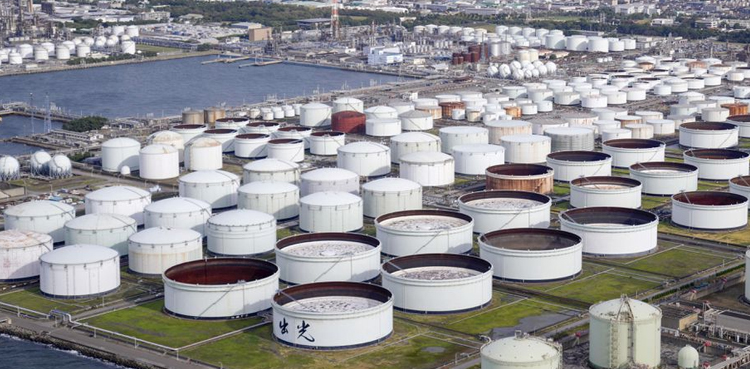
Oil prices rose more than 1% on Wednesday after industry data showed a surprise drop in U.S. crude inventories, suggesting demand is holding up despite steep interest rate hikes dampening global growth.
Brent crude futures rose $1.13, or 1.2%, to $95.78 a barrel at 0441 GMT, while U.S. West Texas Intermediate (WTI) crude futures rose $1.26, or 1.4%, to $89.63 a barrel.
Both benchmark contracts rose about 2% in the previous session on a weaker U.S. dollar and after an unverified note trending on social media said the Chinese government was going to consider ways to relax COVID rules from March 2023, potentially boosting demand in the world’s second-largest oil user.
In a further positive sign for demand, data on Tuesday from the American Petroleum Institute showed crude oil stocks fell by about 6.5 million barrels for the week ended Oct. 28, according to market sources.
Eight analysts polled by Reuters had on average expected crude inventories to rise by 400,000 barrels.
At the same time, gasoline inventories fell more than expected, with stockpiles down by 2.6 million barrels compared with analysts’ forecasts for a drawdown of 1.4 million barrels.
“Apart from the larger-than-expected draw in the U.S. inventory data, the optimism from unconfirmed news of China’s zero-COVID exit also supported oil’s upside momentum,” CMC Markets analyst Tina Teng said.
The greenback slipped from a near one-week peak versus major peers, with traders on tenterhooks before the looming Federal Reserve rate decision on Wednesday.
“A softened U.S. dollar in today’s Asian session ahead of the Fed’s crucial rate decision tomorrow” also buoyed prices, Teng added.
A weaker dollar makes oil cheaper for holders of other currencies and usually reflects greater investor appetite for risk.
China’s zero-COVID policy has been a key factor in keeping a lid on oil prices as repeated lockdowns have slowed growth and pared oil demand in the world’s second-largest economy.
The potential disruption from the European Union embargo on Russian oil that is set to start on Dec. 5 may also be pushing prices higher. The ban, a reaction to Russia’s invasion of Ukraine, will be followed by a halt on oil product imports in February.
“Still, with the EU embargo in the market headlights now, implying the oil complex may lose anywhere between 1-3 million barrels per day, oil could power higher when the embargo kicks in and/or any nod from China that an earlier-than-expected China reopening is on the cards,” said Stephen Innes, managing partner at SPI Asset Management in a note.
from Business News updates - Latest news stories on Economy from Pakistan https://ift.tt/VKNoQ3Z



0 Comments